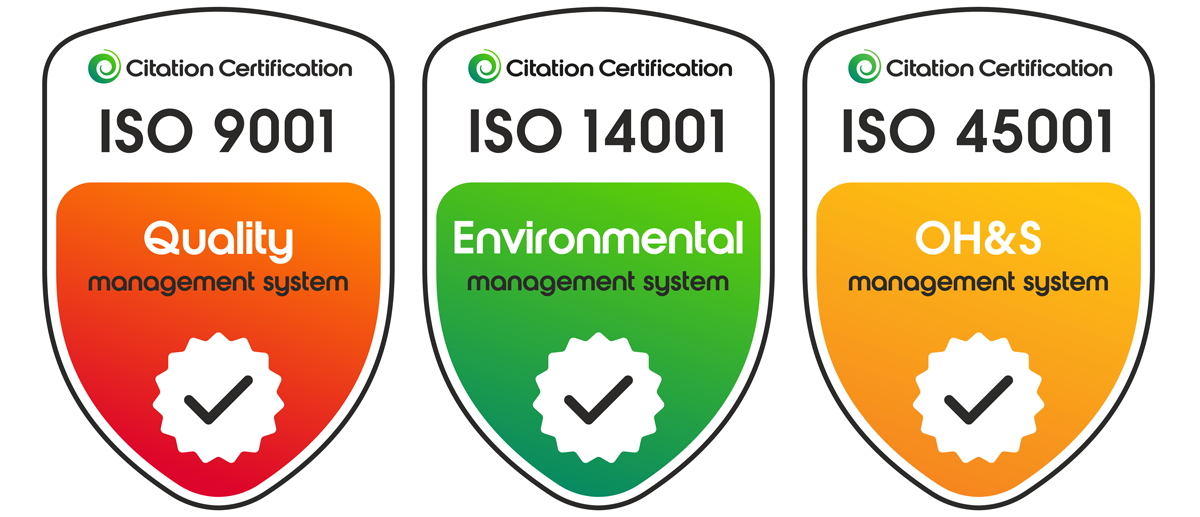Long before factories and shipping containers, copper forged the first global networks—connecting distant civilizations through invisible currents of economy and culture. Nowhere is this clearer than in the Nile Valley, where seasonal rhythms and resource scarcity shaped trade systems that still echo in today’s supply chains. The story of ancient copper trade offers profound lessons, embodied in modern initiatives like Sunlight Pricess—a living metaphor for how hidden flows sustain value across time.
Foundations of Ancient Resource Trade: The Role of Copper
Copper was far more than a metal—it was an economic catalyst. In the Nile Valley, its limited availability and high utility forged tools, weapons, and ceremonial objects, driving demand across regions. This scarcity created a need for reliable exchange systems, establishing some of the earliest long-distance trade routes. The seasonal cycle of the Nile, with its predictable flooding, allowed communities to plan harvests and trade cycles, embedding resource management into economic life.
- Copper mines in Sinai and Nubia were critical hubs, linking Egyptian workshops with Levantine and Mesopotamian partners
- Archaeological evidence shows copper artifacts appearing across the eastern Mediterranean by 3000 BCE, testifying to early interregional connectivity
- Seasonal flood data from ancient papyri reveal synchronized trade calendars, mirroring modern supply chain timing
“The Nile’s flood was not just a natural event—it was the economic calendar of the ancient world.”
Sunlight Pricess: A Metaphor for Invisible Trade Pathways
While physical roads enabled movement, ancient trade thrived on *invisible* flows—ideas, cultural practices, and economic rhythms encoded in nature. Sunlight Pricess, a modern initiative symbolizing timeless trade logic, embodies this principle. Like copper caravans threading across deserts and rivers, today’s global value chains operate through subtle coordination: synchronized production, just-in-time delivery, and shared seasonal demand patterns.
Just as the Nile’s rhythm anchored Egyptian markets, Sunlight Pricess reveals how natural cycles and human ingenuity converge to sustain complex exchange systems. The metaphor underscores that value chains are not merely logistical—they are cultural, adaptive, and deeply interwoven.
Historical Figures and Misconceptions: Reconstructing Identity
Narratives often simplify history—Cleopatra is frequently portrayed solely as Egyptian, overshadowing her Macedonian lineage and the broader Hellenistic context. Tutankhamun’s reign, brief as it was, illustrates how peripheral rulers anchored vast imperial networks. These figures remind us: major trade dynamics rarely flow from a single center. Instead, they depend on networked actors—both visible and hidden—whose roles shift over time.
- Cleopatra VII’s Macedonian roots challenged Egyptocentric views, revealing deep Hellenistic ties across the Mediterranean
- Tutankhamun ruled within an empire where resource redistribution and diplomatic trade flowed through decentralized hubs
- Peripheral identities often catalyze innovation, much like lesser-known traders who pioneered copper routes across Sinai
From Copper to Commerce: The Evolution of Value Chains
Copper’s journey from raw ore to finished tool mirrors the evolution of global production networks. Ancient trade established the first interdependencies—mining, smelting, crafting, and distribution—laying groundwork for today’s multinational systems. Sunlight Pricess, rooted in this lineage, reflects how localized resource exchange evolved into integrated, resilient economies that span continents.
| Stage | Copper Extraction | Mining in Sinai and Nubia |
|---|---|---|
| Production | Crafting tools and ornaments in royal workshops | |
| Transport | Caravan routes along the Nile and desert paths | |
| Distribution | Local and regional trade with seasonal coordination | |
| Modern Parallel | Global mining, manufacturing hubs, and synchronized logistics |
Non-Obvious Insights: The Cultural Logic of Hidden Trade
Beyond economics, trade was shaped by shared symbols and rituals. The Nile flood was not only a farming marker but a sacred signal, synchronizing communities across vast distances. Myths, myths of deities linked to fertility and abundance, reinforced economic cooperation, much as modern brands invoke shared values to build trust.
These intersections of nature, myth, and material exchange reveal a timeless truth: value networks thrive when they adapt, embed cultural meaning, and anticipate change. Sunlight Pricess captures this spirit—connecting ancient wisdom to contemporary commerce through invisible but enduring pathways.
“Trade is not merely goods in motion—it is the rhythm of shared time, shaped by land, sky, and human insight.”





